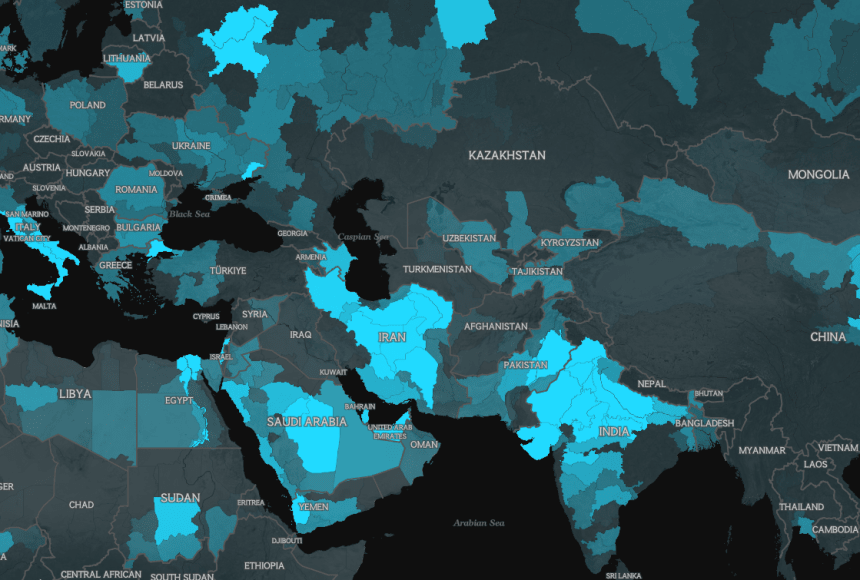ARTICLE
ARTICLE
World Water Map
World Water Map
National Geographic’s interactive World Water Map tells the story of how human water use impacts the global water cycle.
Grades
5 - 12
Subjects
Human Geography, Physical Geography, Geography, Geographic Information Systems (GIS), Earth Science, Conservation, Climatology, Storytelling
Image
National Geographic World Water Map
The World Water Map, created by the National Geographic Society in cooperation with Utrecht University and Esri, illuminates global freshwater supply and demand, mapping the world's water shortages.
National Geographic Society/Esri

Media Credits
The audio, illustrations, photos, and videos are credited beneath the media asset, except for promotional images, which generally link to another page that contains the media credit. The Rights Holder for media is the person or group credited.
Writers
Last Updated
August 2, 2024
For information on user permissions, please read our Terms of Service. If you have questions about how to cite anything on our website in your project or classroom presentation, please contact your teacher. They will best know the preferred format. When you reach out to them, you will need the page title, URL, and the date you accessed the resource.
Media
If a media asset is downloadable, a download button appears in the corner of the media viewer. If no button appears, you cannot download or save the media.
Text
Text on this page is printable and can be used according to our Terms of Service.
Interactives
Any interactives on this page can only be played while you are visiting our website. You cannot download interactives.